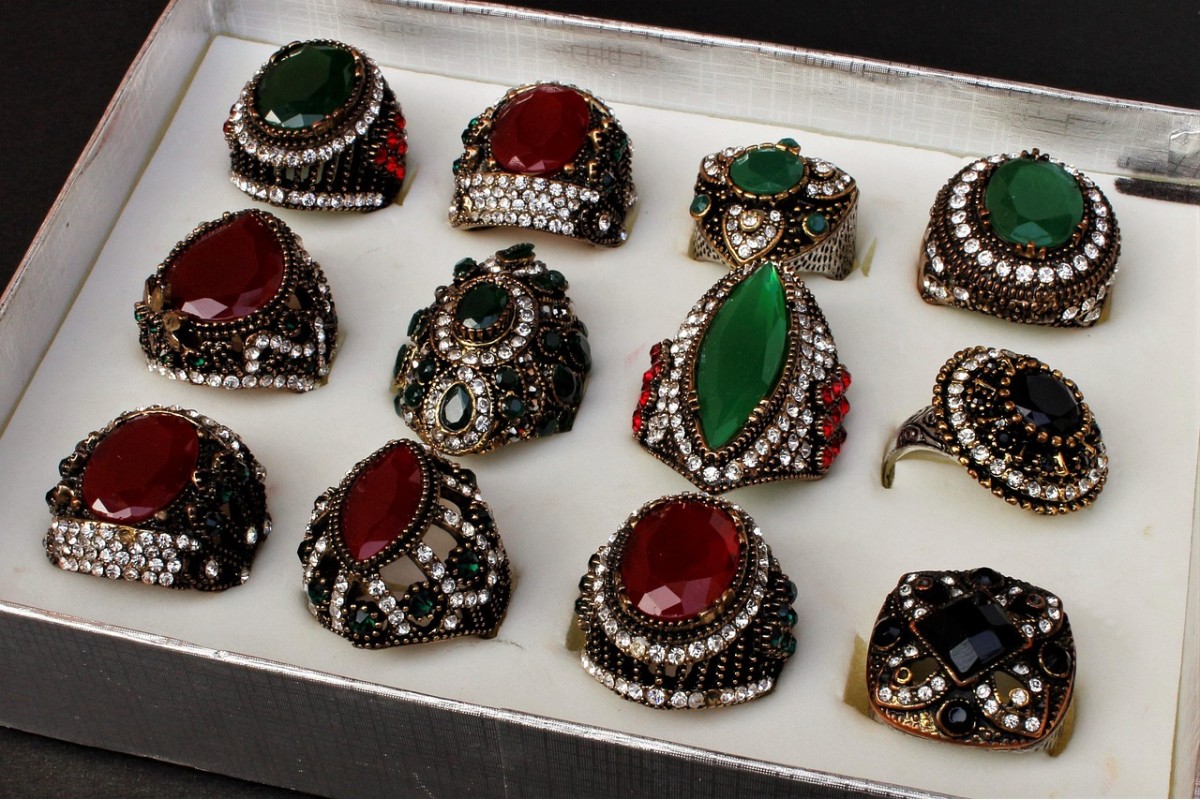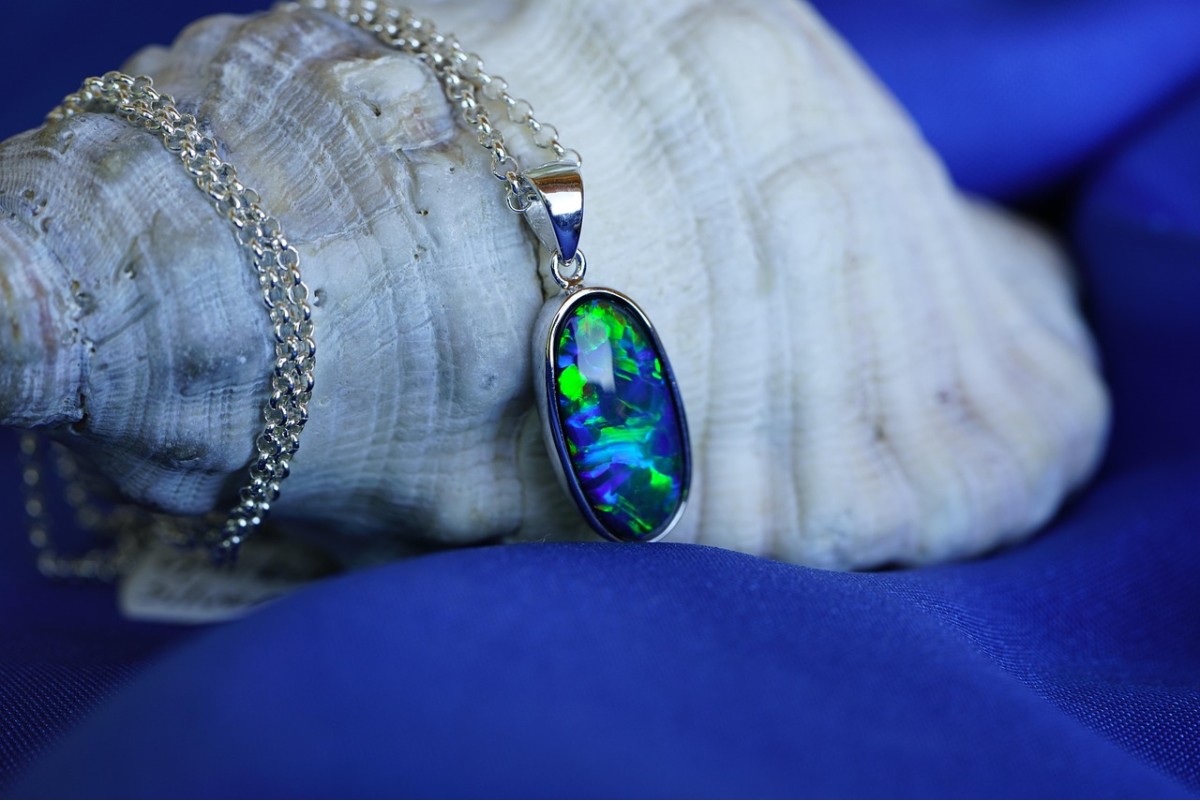Blogs
The Art of Gemstone Setting: Inside India’s Best Craftsmanship

As dawn
light filters through the small workshop window in Jaipur, a master craftsman
leans close over a glinting ruby. His tools—a delicate prong pusher, a
fine-tipped burin, and a loupe—are extensions of his steady hands. With a soft
tap, the prongs fold seamlessly around the stone’s girdle, securing it in
place. Watching his focused expression, it’s clear: this is not mere jewelry
making, but a centuries-old dialogue between artisan and gem.
1. Key Techniques and Their Cultural Origins
India’s
jewelry heritage stretches back millennia, evolving through temple traditions,
royal patronage, and regional styles. Today’s master setters draw on these
diverse lineages.
a. Prong Setting (Claw Setting)
- Origins: Popularized in Mughal
courts of the 16th century, prized for maximizing a gemstone’s brilliance
and light play.
- Technique: Four or six tiny metal
claws are shaped and bent to cradle the stone, allowing maximum exposure
to light.
- Why It Matters: The result is a sparkling
display that elevates each gem’s natural fire—hallmarks of classic Indian
craftsmanship.
b. Bezel Setting
- Origins: Rooted in traditional
temple jewelry from Tamil Nadu and Karnataka, where deities’ adornments
required secure, protective settings.
- Technique: A thin metal rim encircles
the gemstone’s edge completely, offering a sleek, modern silhouette.
- Why It Matters: Bezel settings showcase
bold, color-rich stones while honoring the sturdiness of temple-inspired
design.
c. Pavé Setting
- Origins: Although the term “pavé”
(French for “paved”) came later, its aesthetic parallels the intricate
lattice work found in Rajasthan’s stone inlay art.
- Technique: Tiny beads of metal are
raised around each small gem, creating a continuous, glittering surface.
- Why It Matters: This technique exemplifies
the meticulous precision of Indian craftsmanship, turning a simple band
into a shimmering canvas.
d. Channel Setting
- Origins: Adapted by modern Indian
jewelers who blended Art Deco influences with indigenous design principles
during the early 20th century.
- Technique: Stones are lined up
between two parallel metal walls, creating a smooth, flush surface.
- Why It Matters: Channel settings offer a
streamlined look that protects each gem’s edges—ideal for everyday wear
and heirloom pieces.
2. Celebrating the Hands Behind the Jewels
Every
gemstone setting begins with careful planning: selecting the optimal stone cut,
mapping the metal framework, and calibrating tools. In Rajasthan’s pink
sandstone workshops, artisans inherit these skills through apprenticeships,
often spanning a decade. Their dedication to detail—etching minute grooves,
hand-polishing prongs, and adjusting tension by eye—ensures that every gem sits
perfectly.
These
artisans are more than technicians; they are storytellers. A delicate cluster
of emeralds might evoke the verdant gardens of the Mughal era, while a bold
sapphire bezel setting recalls the regal austerity of South Indian palaces.
Each technique is a verse in India’s long poem of jewelry making.
3. Why Gemstone Setting Matters Today
- Durability Meets Design: Secure settings protect
your treasures for generations.
- Maximized Brilliance: Techniques like prong and
pavé ensure light dances through every facet.
- Cultural Connection: Owning a gemstone-set
piece is a wearable link to India’s artistic legacy.
When you choose a piece from Global Artisans, you’re not just buying jewelry—you’re preserving a craft. Each design reflects the soul of Indian craftsmanship, where the interplay of metal and stone celebrates both tradition and innovation.
Discover the mastery of gemstone setting firsthand. Browse our exclusive gemstone-set collections at Global Artisans and find a treasure that speaks to your story.






Leave your comment